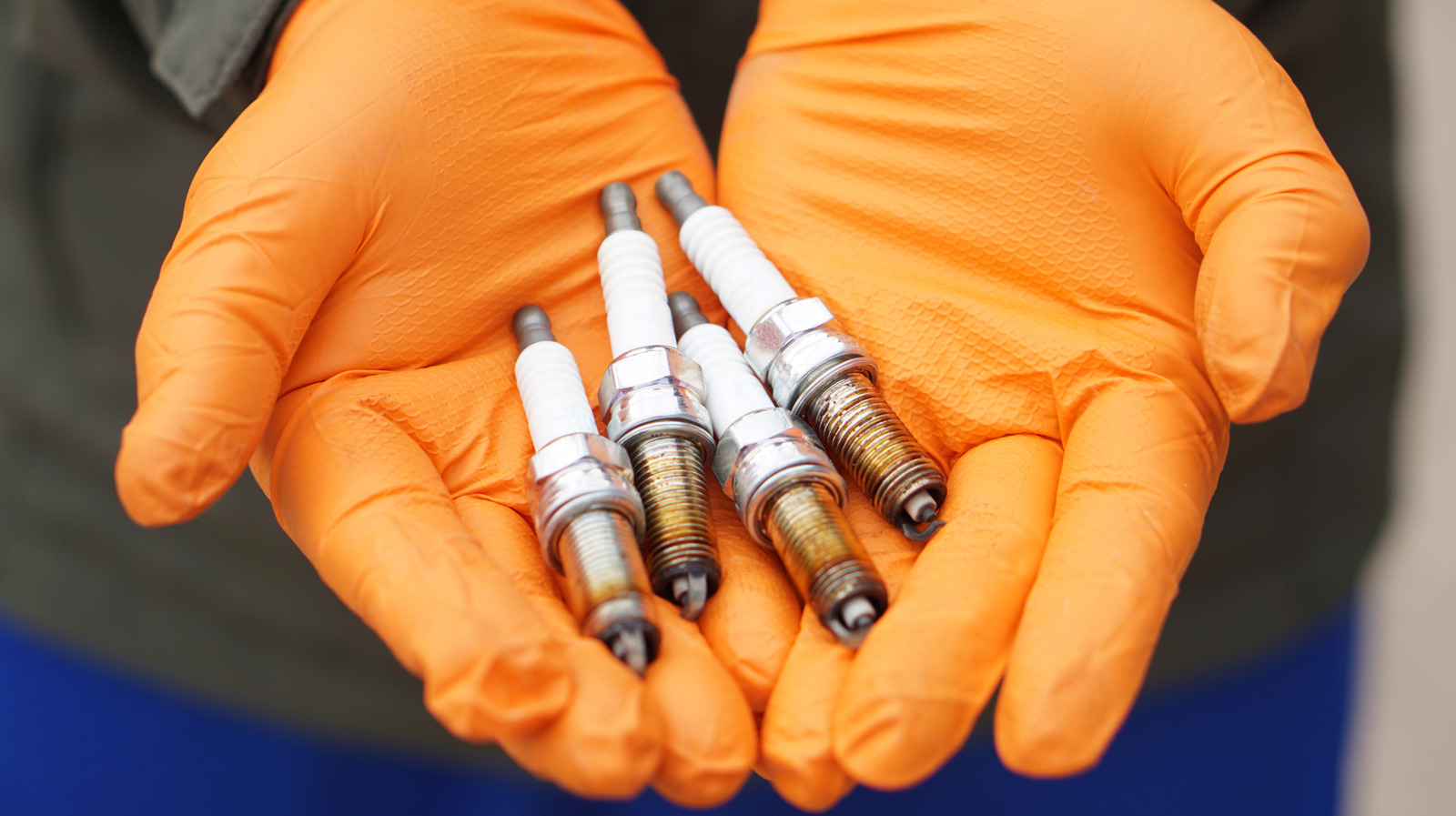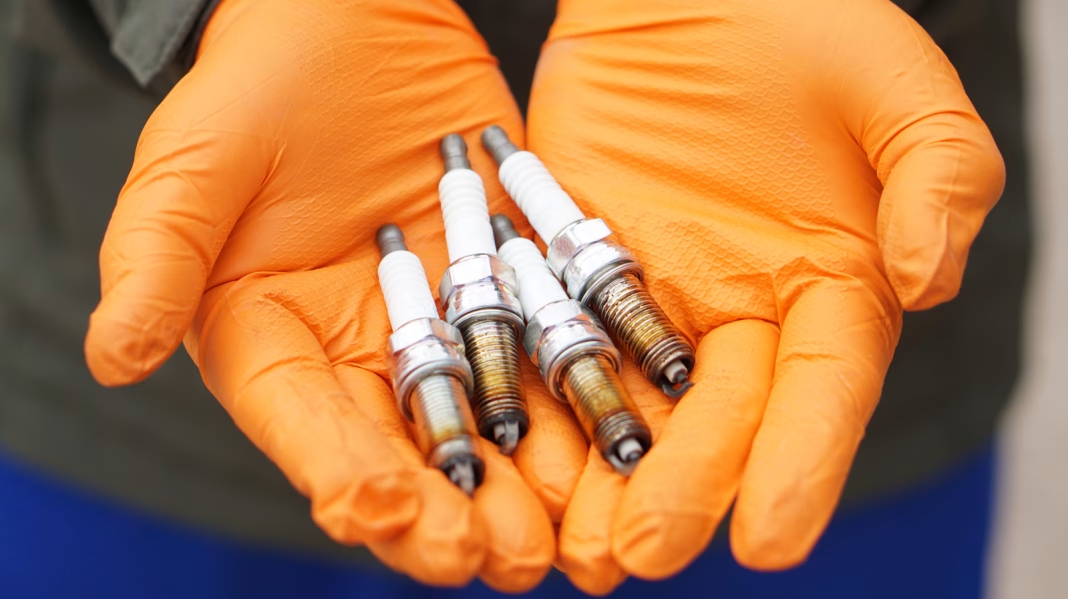Can You Really Clean and Reuse Old Spark Plugs, or Is It a Bad Idea?
You’ve just pulled an old spark plug from your engine. It’s a little grimy, maybe a bit worn, but not obviously broken. The question pops up: Is this thing done for, or can you give it a second life with a good cleaning? Let’s break down what really matters when it comes to reusing spark plugs and whether it’s worth your time—or your engine’s health.
What Does a Worn Spark Plug Actually Look Like?
First things first: not all old spark plugs are created equal. Some might just have a bit of carbon buildup or oil residue, while others could be showing signs of serious wear. If you notice heavy deposits, a cracked insulator, or a worn-down electrode, that’s a red flag. According to the Society of Automotive Engineers, even minor electrode wear can increase the required voltage by up to 20 percent, putting extra strain on your ignition system. In short, visible damage or excessive wear means it’s time to toss it.
Does Cleaning Spark Plugs Really Restore Performance?
It’s tempting to think a thorough cleaning will bring a spark plug back to life. And sometimes, it can help—especially if the problem is just surface gunk. Mechanics have used wire brushes, sandblasters, and even specialized spark plug cleaners for decades. But here’s the catch: while cleaning can remove deposits, it can’t fix underlying wear or microscopic cracks. Research from NGK Spark Plugs shows that even after cleaning, an older plug may not deliver the same spark intensity as a new one. So, while you might get a temporary improvement, don’t expect miracles.
Is It Safe to Reuse a Cleaned Spark Plug?
Safety is where things get interesting. A cleaned spark plug might look almost new, but if the electrode is eroded or the insulator is compromised, you’re rolling the dice. Misfires, poor fuel economy, and even engine damage can result from running a plug that’s past its prime. The American Automobile Association (AAA) recommends replacing spark plugs at the intervals suggested by your vehicle’s manufacturer, rather than relying on cleaning alone. That said, in a pinch—say, you’re stranded on the side of the road—a cleaned plug can get you home. Just don’t make it a long-term habit.
How Do You Clean a Spark Plug the Right Way?
If you’re determined to give cleaning a shot, do it right. Start by soaking the plug in a solvent like carburetor cleaner to loosen stubborn deposits. Use a wire brush to gently scrub away carbon, taking care not to damage the ceramic insulator. Compressed air can help clear out debris from tight spots. Avoid sandblasting unless you’re experienced; it can leave abrasive residue that’s tough on your engine. And always check the gap with a feeler gauge before reinstalling—a misaligned gap can cause weak sparks or misfires.
When Is It Worth Replacing Instead of Reusing?
Here’s the honest truth: spark plugs are relatively inexpensive, especially compared to the cost of engine repairs. If your plug shows any signs of damage, or if your car’s performance hasn’t improved after cleaning, don’t hesitate to swap it out. Modern iridium and platinum plugs can last up to 100,000 miles, according to data from the Car Care Council, so replacing them is usually a better investment in the long run. Think of it as cheap insurance for your engine.
What Do Real-World Drivers and Mechanics Say?
Talk to any seasoned mechanic, and you’ll hear the same advice: cleaning is a stopgap, not a solution. Many drivers have tried to squeeze a few extra miles out of old plugs, only to end up with rough idling or hard starts. On the flip side, some DIYers swear by cleaning as a way to troubleshoot before committing to a full replacement. The key is knowing when to call it quits—if you’re chasing persistent engine issues, don’t let a stubborn spark plug hold you back.
The Big Takeaway? Spark Plug Maintenance Isn’t About Perfection—It’s About Smarter Adjustments
Trying to revive an old spark plug isn’t a cardinal sin, but it’s not a long-term fix, either. If you’re in a bind, a careful cleaning can buy you some time. But for peace of mind and peak performance, nothing beats a fresh set. Start with one change this week—maybe inspect your plugs or replace just one—and you’ll likely spot the difference by month’s end. Your engine (and your wallet) will thank you.


